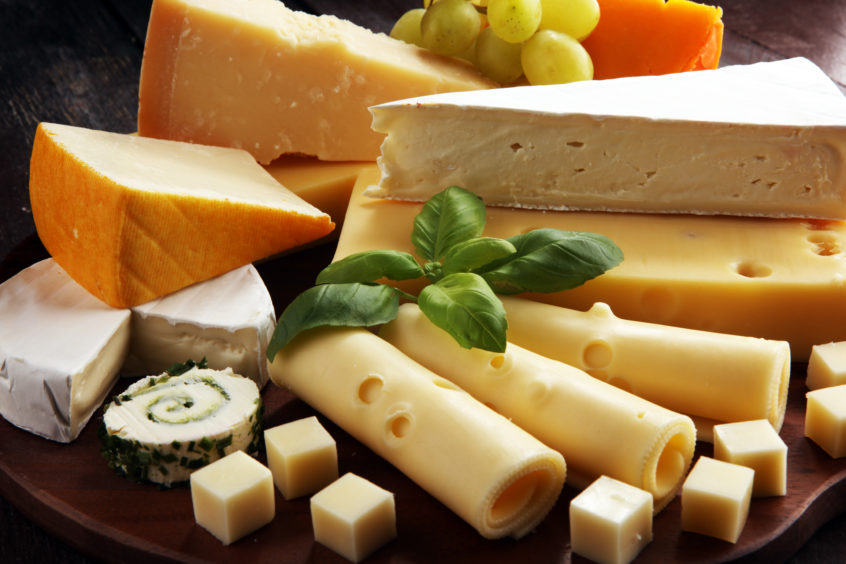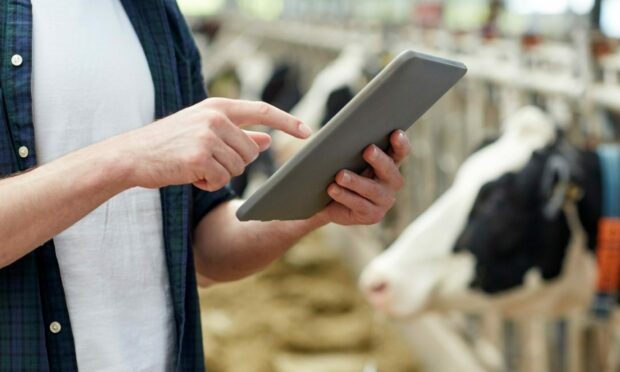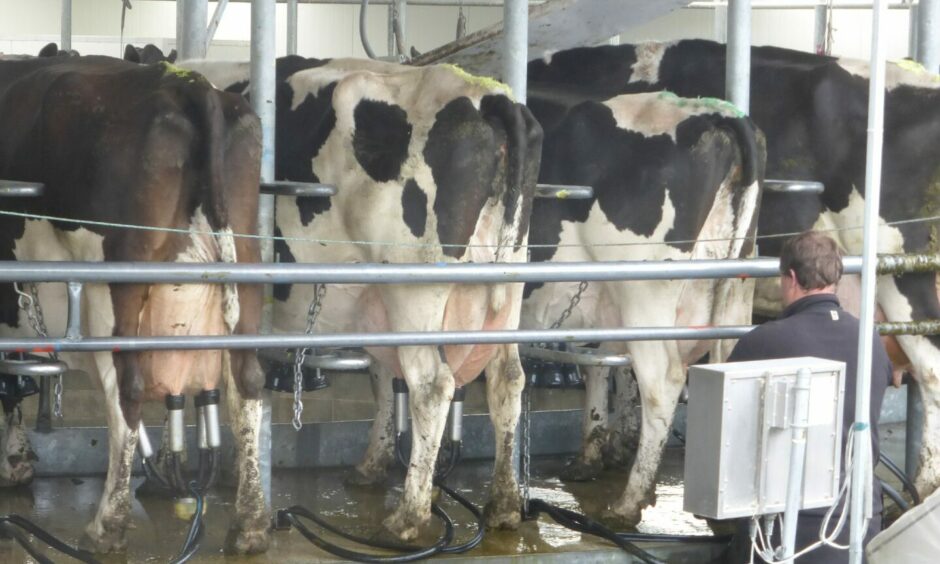Dairy farmers have been told the greatest threat to their industry is the prospect of a processor going bust because of the gap between the prices they are currently paying producers for raw milk and the falling returns for the end product.
Veteran industry analyst, Chris Walkland, told farmers attending the Semex UK Dairy Conference in Glasgow that the 18p per litre gap is the biggest he has ever seen, and he predicted that by April, milk prices will have fallen from around 48p to between 39-43p per litre.
He said: “Right now it’s time to get real, because the biggest dangers you farmers face are not discretionary pricing or even the large milk price cuts that are coming; the biggest danger you have is a processor going bust.
“The risk of a processor failing is as big as it has ever been, and there is no safety net out there any more; there are no co-ops to pick up stranded farmers. And if a processor fails it’s carnage.”
Richard Collins, head of farming for Muller UK and Ireland – the company which recently announced it will be making changes to milk contracts to help stabilise milk prices – confirmed he had never before seen such a gap between the cost of production and commodity returns – but he did not accept processors were in danger.
“It’s inevitable that prices to producers will continue to go down, but it’s essential to strike a balance, because if prices go below the cost of production, milk supplies will quickly dry up,” he said.
“Farmers are concerned and confidence is fragile because they can see what’s happening at commodity level but they also know what their cost of production is.”
Chris Walkland said that Muller contracts would support liquid milk prices in the short term – so long as other processors are able to match them – but in order for the guaranteed price to work, supermarkets would have to “hold the line” on retail prices.
There were anecdotal reports of dairy farmers taking advantage of high market prices for cull cows in order to cut back on production, but while short-term prospects for 2023 were described as “volatile”, all speakers emphasised the long-term potential for a strong UK dairy industry.
Peter Giortz-Carlsen, head of Arla Food Europe – the co-op which has 10,000 farmer owners in seven European countries and processes around 10% of Europe’s milk – said his company was focusing on export opportunities, driven by demand in the Middle East, Africa and Asia.

He said: “It’s easy to feel disheartened, but there is a lot of potential globally. Demand for dairy is growing. For Arla, apart from growing our domestic markets in the UK and
EU, it’s a huge opportunity to export healthy and affordable nutrition to international markets that continue to grow.”
And despite his dire warnings, Chris Walkland said the dairy industry was well organised and had good communicators, putting it in a better
place than the egg or horticultural sectors in difficult negotiations with retailers.












